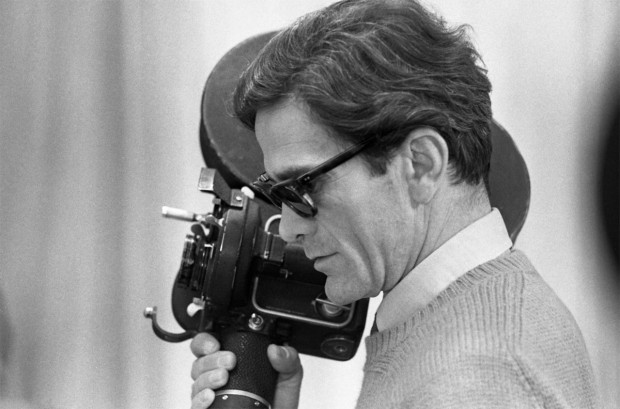The Pasolini system

Adam Thirlwell on the poetry of Pier Paolo Pasolini.
The struggle! In the ’60s, Pasolini once made a list of subjects for future radical works, subjects that were “beginnings of real situations which need to be evoked or witnessed” — lists that were “out of proportion” to the usual limits of the avant-garde. That vision of a new avant-garde, I think, might turn out to be the underlying reason for Pasolini’s longevity. Many people have dreamed of an art that stopped being art: an art that became a happening, or politics. But Pasolini’s ideal was more thoughtful. He didn’t want to abandon art. He wondered if art and reality could be versions of a single utopian structure. That was his new avant-garde, and unlike the nouveau roman, for instance, it had a strange emphasis on content. For after all, it’s true that life can express itself with itself, but it’s also true, according to Pasolini, that at every moment “reality is ‘cinema in its natural state’; it only lacks a camera to reproduce it, that is, to write it through the reproduction of what is.”
Everything he did, he did as a poet. He once argued that “the cinema is substantially and naturally poetic,” and then explained himself with typical bravura: “A cinema sequence and a sequence of a memory or of a dream—and not only that but things in themselves—are profoundly poetic: a tree photographed is poetic, a human face photographed is poetic because physicity is poetic in itself . . . because even a tree is a sign of a linguistic system. But who talks through a tree? God, or reality itself.” An object, like a poem, is just a way for reality to express itself. That was Pasolini’s strange vision, and it allowed him not only his radical politics but also the detail of his thinking, the way the camera in Accattone so often pauses on his characters’ faces, in close-up, as if they’re removed from some Renaissance fresco. He once said that the minimal cinematic unit wasn’t in fact the shot but the objects inside a shot. And in his best poetry, the minimal unit isn’t the line so much as all the details contained in that line — the small utopian freedoms of his libidinous attention:
under a sun bleeding motionless
unique,the canal of the port of Fiumicino
—a motorboat returning unnoticed
—Neapolitan sailors covered in woolen rags
—a car accident, a few onlookers gathered round . . .
[Via]
